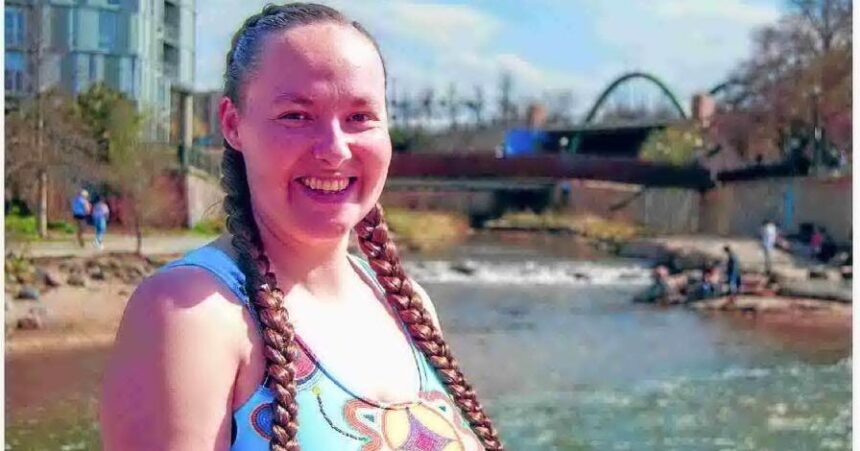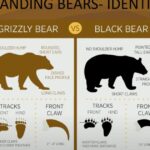Cinnamon Kills First will never forget the first time she visited the Sand Creek Massacre site in Colorado.
“It changed the way I walked in the world,” she said.
She and her uncle, the late William Walks Along, are both direct descendants of Sand Creek Massacre survivors.
On a November morning in 1864, U.S. soldiers attacked the lodges of 750 Arapaho and Cheyenne tribal members who were camped near Big Sandy Creek (in present-day Colorado). It’s estimated that 230 Cheyenne and Arapaho citizens were killed.
Kills First learned about the massacre from her uncle, from textbooks and teachers in school, but for her, nothing compared to actually standing at the site.
“You can feel the spirit of a place,” she said. “That’s what changes you. There’s energy still there. That’s what you never forget.”
People are also reading…
It was this experience that inspired Kills First, a citizen of the Northern Cheyenne Tribe, to create an immersive theater experience, encouraging both Natives and non-Natives to connect with the historic event.
With support from a National Endowment for the Arts grant, in May, Kills First began holding immersive theater events centered around the Sand Creek Massacre.
The first part of Kills First’s project was geared toward non-Native audiences. Individuals could buy tickets to participate in an immersive bus tour, where they made stops at various historically significant sites. At each site, audience members and others participated in renditions of historical events. Performances were put on by Control Group Productions, a Colorado-based theater organization. Audience sizes ranged from six to 28, and Kills First held 12 shows total.
Riding in a bus with big yellow letters reading “Denial Feeds Genocide,” participants stopped at a Colorado Gold Rush site and went on to stop at the Riverside Cemetery, where Captain Silas Soule was laid to rest.
Soule, whose family was active in the Underground Railroad, disobeyed orders and refused to let his men attack the peaceful Cheyenne and Arapaho camp in the 1860s. He later thwarted the chain of command and wrote letters to Washington, D.C., telling the truth of what happened — that the army had brutally attacked a sleeping camp.
“Any man who would take part in the murders, knowing the circumstances as we did, was a low lived cowardly son of a b****,” he wrote.
Soule in 1865 testified against Colonel John Chivington, who commanded troops at the Sand Creek Massacre. Less than 80 days after his testimony, according to the National Park Service, Soule was shot and killed in Denver.
Kills First said advocates, including her uncle William Walks Along, have since used Soule’s writing to call for increased awareness around the event.
“We’re thankful that he spoke the truth,” she said.
On the bus during Kills First’s immersive events, attendees heard dramatic readings of historic events. Kills First said they went something like this:
“Imagine you are riding out from Fort Lyon to Sand Creek. It’s a cold night. Only the heat of your horse warms you.”
Kills First said it was important to her that the experience be immersive.
“It puts you in the moment so (non-Native audiences) have to reckon with history,” she said.
The bus also stopped at Fort Chambers, a historical landmark near Boulder where the cavalry regime trained and gathered before riding to Sand Creek. The tour stopped at the confluence of Cherry Creek and South Platte River, a historic Cheyenne gathering place that Kills First said is overrun with stores, like REI and Starbucks.
“The point here is to say we can’t access our land,” she explained. “The harm is ongoing.”
The bus also stopped at Larimer Square, where in the 1860s, U.S. soldiers were greeted by their wives and children and celebrated as victors upon returning home from the massacre.
Larimer Square is now a popular gathering place for Denverites, complete with stores that sell outdoor gear and coffee shops. Kills First said many audience members had memories there.
“They had no idea this history was hidden beneath the sidewalk,” she said.
In the second part of her show — which took place in early June — Kills First offered Indigenous people free “Breathing Healing” bus rides from Denver to the Sand Creek Massacre site for education and storytelling.
She also led people through breath exercises before and after the visit to help people prepare and decompress.
“My hope is for Indigenous people who have never visited the site to have an opportunity to put their feet on the ground and connect with the land,” she said. “They receive the story directly from Cheyenne descendants and hopefully will feel empowered.”
Kills first said the two pieces of her immersive theater project work in tandem toward a common goal of achieving racial justice.
“Until white people reckon with what they’ve done, realize they’re in the wrong and are motivated to hold themselves and each other accountable, Natives can only get so far in preparing this history,” she said.





